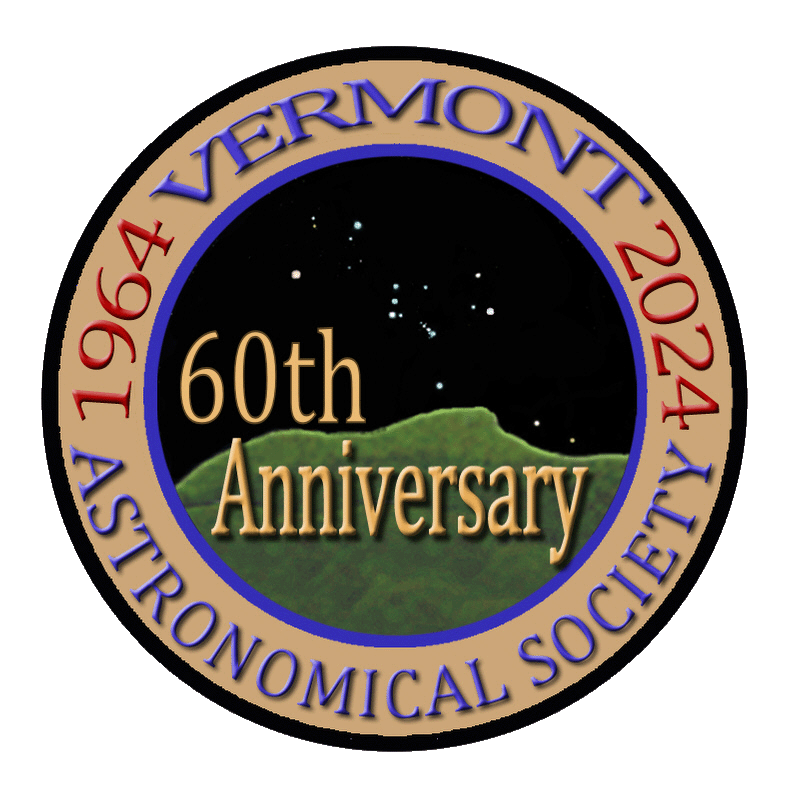The Lagoon Nebula (M8, NGC 6523, Sh2-25, RCW 146, Gum 72) at the bottom of this LRGB image is an emission nebula located in Sagittarius, between 4,000 and 6,000 light years (ly) from Earth, and it about 20-50 x 50-100 ly across (depending on source). It is bright enough to see with the naked eye under dark skies and is easily observed with binoculars.
The central portion of M8 contains an open cluster, NGC 6530. Masses of isolated, small dark nebulae containing dense cosmic dust, called Bok globules, are star forming regions and can be seen throughout image. Also seen in this image is Herschel’s Hourglass structure (see annotation) and just to its right is Herschel 36, a star 32 times more massive and 200,000 times brighter than our sun.
At the top right of the image is the Trifid Nebula (M20, NGC 6514), located in the Milky Way’s Scutum-Centaurus Arm in the Constellation Sagittarius. The name ‘Trifid’ refers to the 3 lobes that can be seen in the nebula, which is unusual because of the colocation of an emission nebula, a reflection nebula (seen in blue), and an open cluster of stars. Like the Lagoon Nebula, this is a bright and easily observed object.
At the top of the image, starting from the top center and working down toward the left are NGC 6546, IC 4684, IC 1274, IC 1275, NGC 6559, and IC4685. (See annotation for locations.)
Unfortunately, due to the poor horizon to my south due to high trees, and the time of year, the data isn’t extensive at all – only 1:36 of LRGB data. Most likely, since I can only capture about 25-30 min of data per session right now, this will be the final image of this beautiful object for the year.
Capture Dates: 6/27, 7/1, and 7/7/24
Askar 107PHQ with 0.7x reducer (fL = 524mm)
ASI2600MM Pro (Monochrome camera)
ZWO 7-position 2" Electronic Filter Wheel (EFW)
ZWO AM5 mount with guiding via SV106 and ASI178MM
Filters:
Antlia Antlia L (0:28), R (0:32), G (0:20), and B (0:20) V Pro series filters. Total Integration: 1:40
Pre- and post-processed in PixInsight. Photoshop for generation of reduced size jpeg
The Lagoon Nebula (M8, NGC 6523, Sh2-25, RCW 146, Gum 72) at the bottom of this LRGB image is an emission nebula located in Sagittarius, between 4,000 and 6,000 light years (ly) from Earth, and it about 20-50 x 50-100 ly across (depending on source). It is bright enough to see with the naked eye under dark skies and is easily observed with binoculars.
The central portion of M8 contains an open cluster, NGC 6530. Masses of isolated, small dark nebulae containing dense cosmic dust, called Bok globules, are star forming regions and can be seen throughout image. Also seen in this image is Herschel’s Hourglass structure (see annotation) and just to its right is Herschel 36, a star 32 times more massive and 200,000 times brighter than our sun.
At the top right of the image is the Trifid Nebula (M20, NGC 6514), located in the Milky Way’s Scutum-Centaurus Arm in the Constellation Sagittarius. The name ‘Trifid’ refers to the 3 lobes that can be seen in the nebula, which is unusual because of the colocation of an emission nebula, a reflection nebula (seen in blue), and an open cluster of stars. Like the Lagoon Nebula, this is a bright and easily observed object.
At the top of the image, starting from the top center and working down toward the left are NGC 6546, IC 4684, IC 1274, IC 1275, NGC 6559, and IC4685. (See annotation for locations.)
Unfortunately, due to the poor horizon to my south due to high trees, and the time of year, the data isn’t extensive at all – only 1:36 of LRGB data. Most likely, since I can only capture about 25-30 min of data per session right now, this will be the final image of this beautiful object for the year.
Capture Dates: 6/27, 7/1, and 7/7/24
Askar 107PHQ with 0.7x reducer (fL = 524mm)
ASI2600MM Pro (Monochrome camera)
ZWO 7-position 2" Electronic Filter Wheel (EFW)
ZWO AM5 mount with guiding via SV106 and ASI178MMFilters:
Antlia Antlia L (0:28), R (0:32), G (0:20), and B (0:20) V Pro series filters. Total Integration: 1:40Pre- and post-processed in PixInsight. Photoshop for generation of reduced size jpeg
Greg, really a superb image. I love it. I’ve wanted to take these for years but they are too low at my house to capture. They’re behind the trees for me.
Terri
@terri Thanks, Terri! I debated for a while about whether to even attempt them, but decided it was now or never (meaning next year). It was tough since there's a big ole' tree that pops into the picture after about 20-25 min of each session, so I had to plan carefully. But I thought since the target is so bright, it might be doable. Really beautiful targets, though!
Greg

